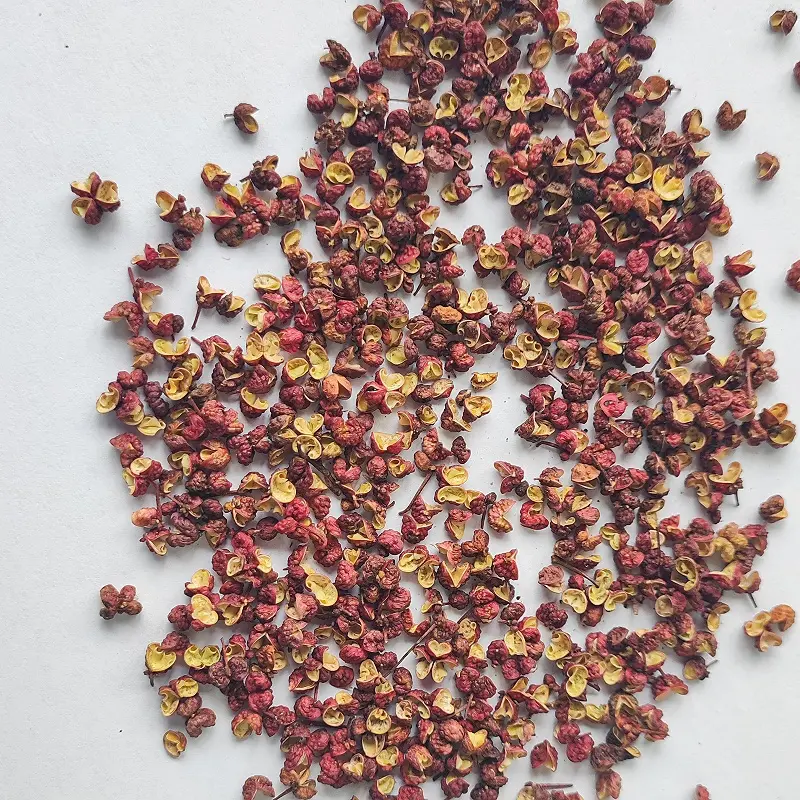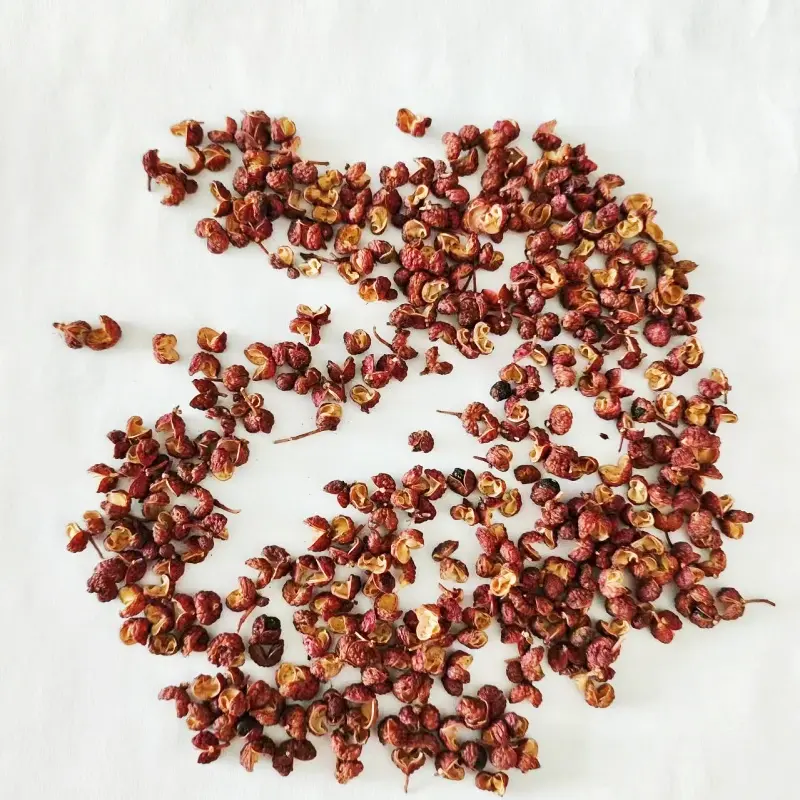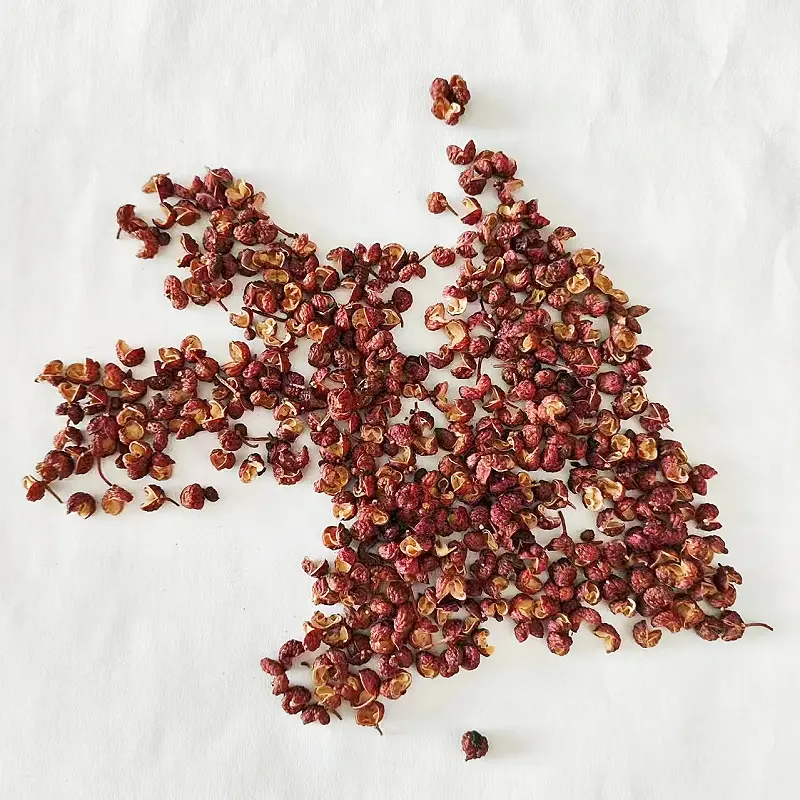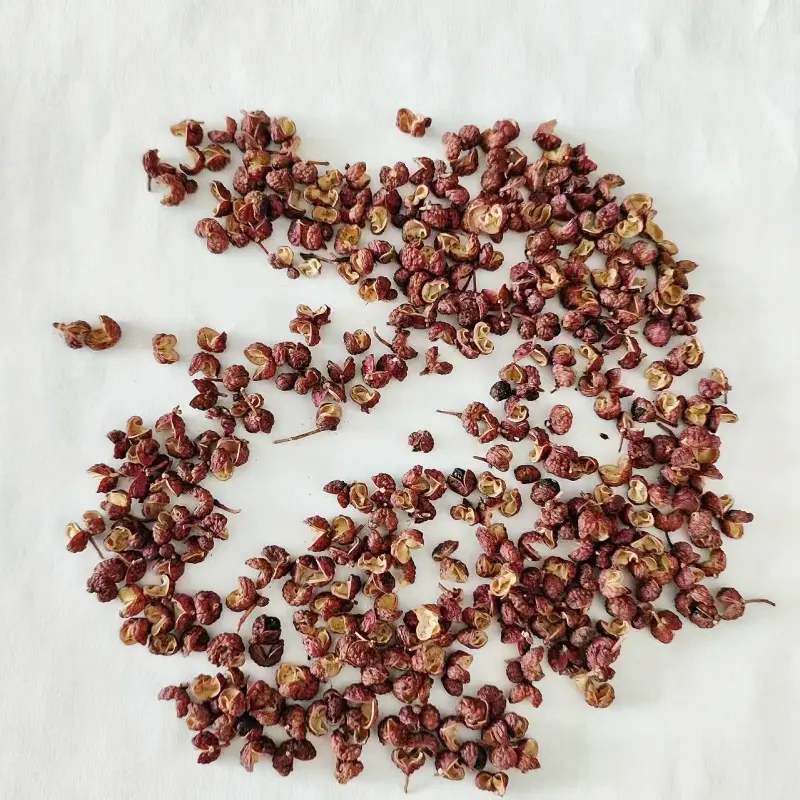Introduction
Sichuan peppercorns, also known as huājiāo (花椒) in Chinese, are one of the most fascinating spices in the culinary world. Unlike black pepper or chili peppers, Sichuan peppercorns do not simply bring heat — they create a unique tingling, numbing sensation on the tongue known as “má.” This spice is a cornerstone of Sichuan cuisine and has gained global recognition for its flavor-enhancing qualities.
But one common question remains: Can you actually eat Sichuan peppercorns directly?
The answer is both yes and no, depending on how they are prepared, consumed, and incorporated into food. This article explores the edibility, health benefits, potential risks, and culinary uses of Sichuan peppercorns, supported by scientific research data and market insights.
What Are Sichuan Peppercorns?
Sichuan peppercorns are dried husks of the prickly ash shrub (Zanthoxylum species). They are not true peppercorns but belong to the citrus family (Rutaceae). The spice is widely available in two main varieties:
Red Sichuan Peppercorns (Zanthoxylum bungeanum)
Green Sichuan Peppercorns (Zanthoxylum armatum)
These husks are responsible for the numbing effect caused by a compound called hydroxy-alpha-sanshool.
Can You Eat Sichuan Peppercorns Whole?
Yes, you can eat Sichuan peppercorns, but usually not in large quantities.
Culinary Use: Most often, the husks are toasted and ground into powder or infused in oil to enhance dishes.
Direct Consumption: Eating whole peppercorns may be overwhelming due to the strong numbing and citrusy flavor.
Seeds vs. Husks: The black seeds inside are usually discarded because they are gritty and bitter, while the husks are prized for their aroma.
Research Insight: Hydroxy-Alpha-Sanshool
A study published in Proceedings of the Royal Society B (2008) showed that hydroxy-alpha-sanshool interacts with somatosensory neurons, creating a tingling sensation similar to gentle vibrations at 50 Hz. This explains why people feel a “buzz” in their mouth after eating Sichuan peppercorns.
Nutritional Value of Sichuan Peppercorns
Sichuan peppercorns are not just flavor agents; they contain vitamins, minerals, and antioxidants.
| Nutritional Component | Approx. Value per 100g | Health Role |
|---|---|---|
| Calories | 260 kcal | Provides energy |
| Dietary Fiber | 25 g | Supports digestion |
| Vitamin A | 4,100 IU | Eye and skin health |
| Vitamin C | 50 mg | Immune support |
| Iron | 13 mg | Prevents anemia |
| Calcium | 170 mg | Bone health |
| Essential Oils | 6–8% | Contributes to aroma, antimicrobial activity |
Source: USDA Food Data (adjusted with regional spice data)
This makes Sichuan peppercorns a nutritionally beneficial spice when used in moderation.
Health Benefits of Eating Sichuan Peppercorns
Scientific studies have highlighted several potential health benefits of consuming Sichuan peppercorns.
| Health Benefit | Supporting Research | Key Findings |
|---|---|---|
| Antioxidant properties | Journal of Food Science (2011) | Extracts show high radical-scavenging activity |
| Anti-inflammatory effects | Phytotherapy Research (2013) | Sanshools help reduce inflammation |
| Antimicrobial activity | Food Chemistry (2015) | Essential oils inhibit bacteria such as E. coli |
| Improved digestion | Traditional Chinese Medicine | Stimulates appetite and reduces bloating |
| Pain relief | Neuroscience Letters (2009) | Sanshools act on sensory neurons, reducing pain signals |
Potential Risks of Eating Sichuan Peppercorns
Although generally safe, there are a few considerations:
Overconsumption: Large amounts can cause mouth irritation or stomach upset.
Seeds: Hard black seeds are not toxic but are unpleasant to chew.
Drug Interactions: May interact with certain medications (e.g., blood pressure drugs).
Allergies: Rare, but individuals with citrus allergies should be cautious.
Regulatory Note
In the U.S., Sichuan peppercorns were banned from 1968 to 2005 due to concerns about carrying citrus canker, a plant disease. The ban was lifted after sterilization protocols were established.
Global Market Data: Sichuan Peppercorn Consumption
Sichuan peppercorns are no longer limited to China. Global demand is growing due to rising interest in authentic Asian cuisine.
| Country/Region | Annual Import Volume (tons) | Growth Trend |
|---|---|---|
| United States | 1,200+ | 8% annual growth |
| Japan | 900+ | Stable demand |
| Europe | 1,500+ | 10% annual growth |
| Middle East | 600+ | Increasing demand for spice blends |
| Canada | 300+ | Growing niche market |
Source: International Spice Trade Association Reports, 2023
How to Eat Sichuan Peppercorns Safely
Here are the best methods:
Toasting: Enhances aroma and reduces bitterness.
Grinding: Mixed into spice powders (like five-spice powder).
Infusing Oil: Peppercorn oil is widely used in hotpot and stir-fries.
Seasoning Mixes: Paired with chili peppers to make málà (numbing-spicy) dishes.
Culinary Uses Around the World
China: Hotpot, mapo tofu, kung pao chicken.
Japan: Sansho (related species) used in grilled eel dishes.
Western Cuisine: Increasingly used in cocktails, desserts, and meat rubs.
Weifang Manna Foods Co., Ltd. – Your Trusted Sichuan Peppercorn Supplier
If you are considering sourcing high-quality Sichuan peppercorns, Weifang Manna Foods Co., Ltd. (Manna Food) is a leading global supplier.
Expertise: Established in 2006 with over 15 years of export experience.
Products: Red Sichuan peppercorns, green Sichuan peppercorns, Szechuan pepper, compound seasonings, dehydrated vegetables.
Certifications: FDA, HACCP, ISO:2008, HALAL.
Processing Technology: Advanced stainless-steel equipment for cleaning, color sorting, grinding, and vacuum packaging.
Global Markets: United States, Japan, Canada, Europe, Middle East, Taiwan, and more.
With strict pesticide control, modern facilities, and international certifications, Manna Food ensures every batch of Sichuan peppercorns meets the highest safety and quality standards. Welcome to contact us to order Sichuan peppercorns.
Conclusion
So, can you eat Sichuan peppercorns?
Yes — but the best way is to enjoy their husks as part of flavorful dishes rather than chewing them raw. They are safe, aromatic, and rich in health benefits when consumed in moderation. Backed by scientific studies and centuries of culinary tradition, Sichuan peppercorns are more than just a spice — they are a cultural and nutritional treasure.
For restaurants, wholesalers, and spice enthusiasts worldwide, sourcing from a trusted partner like Weifang Manna Foods Co., Ltd. ensures you receive authentic, safe, and high-quality Sichuan peppercorns that elevate every dish.
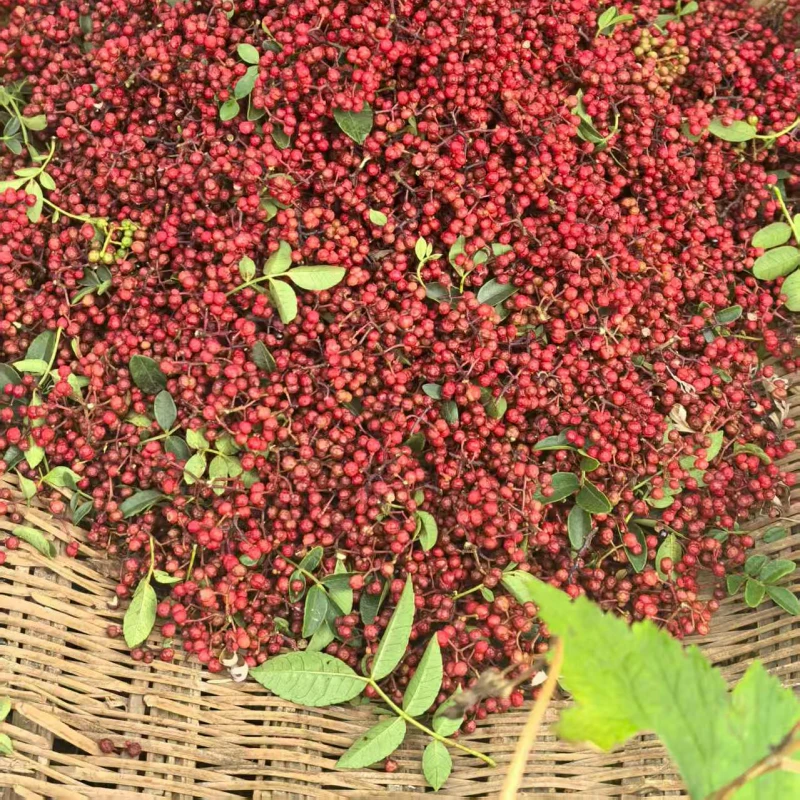

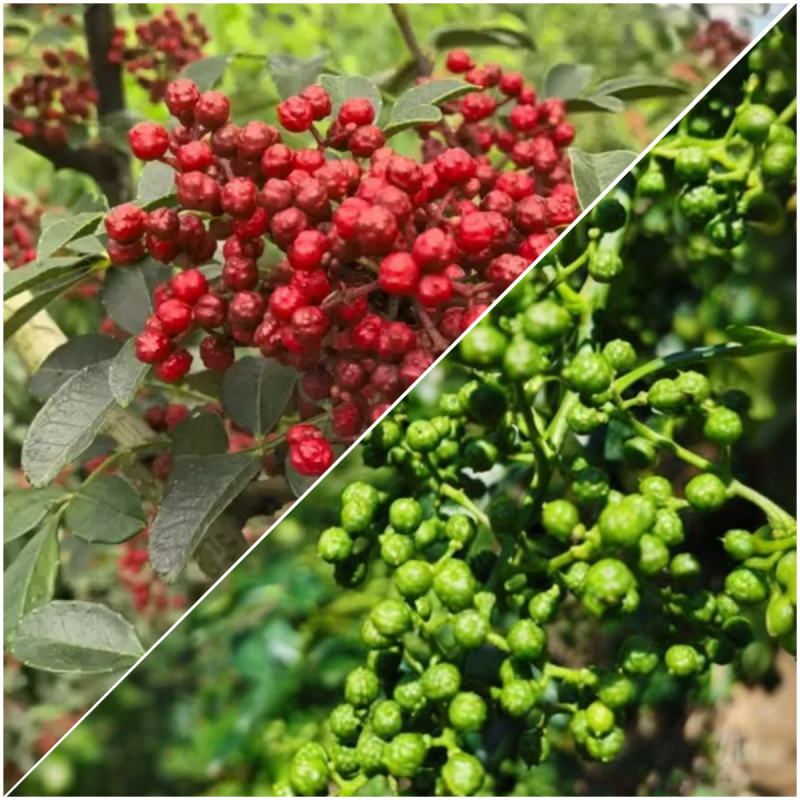
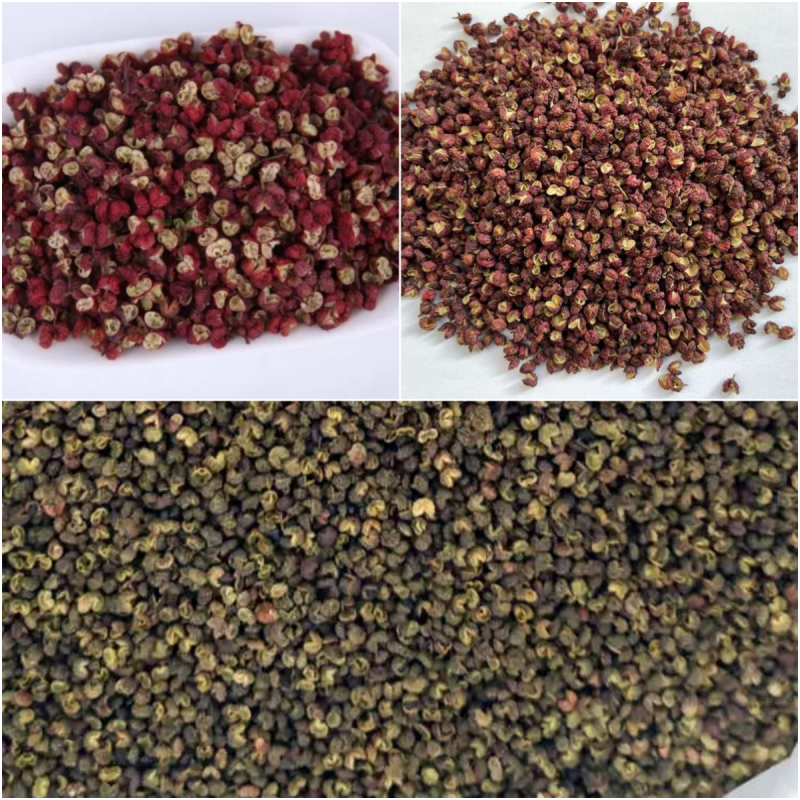
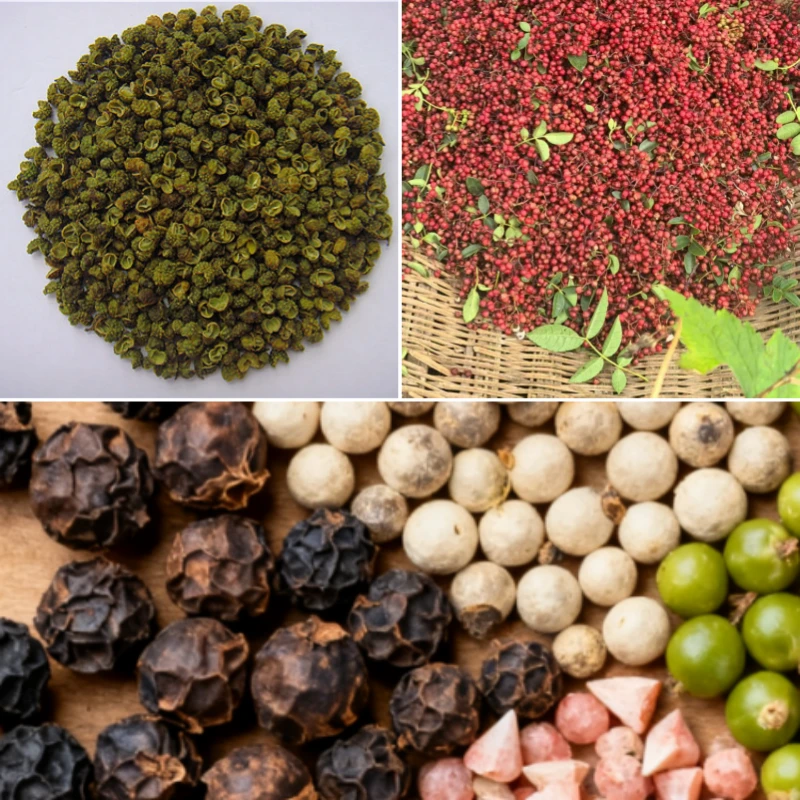
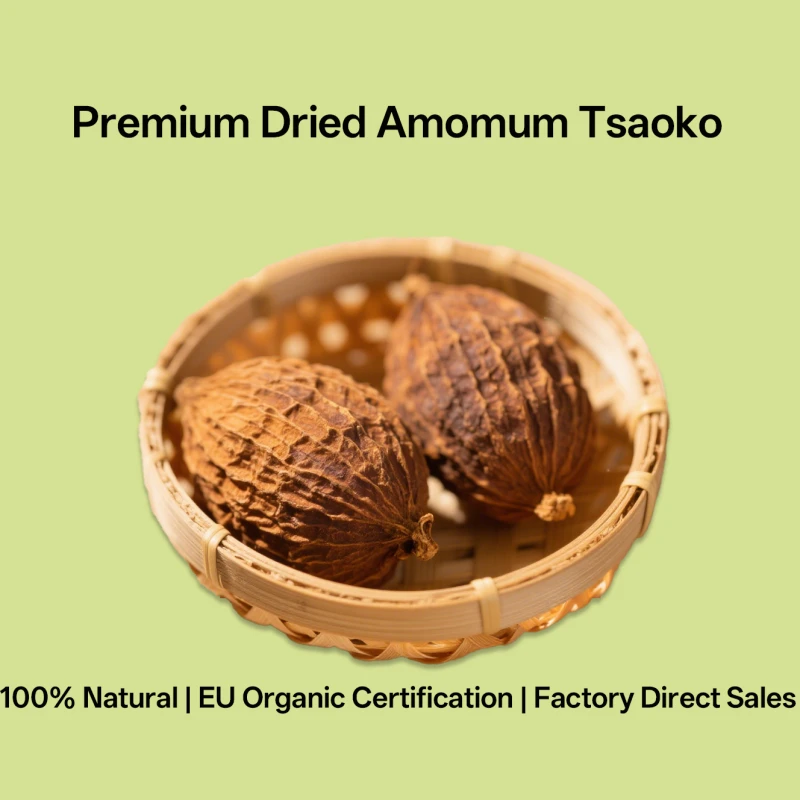
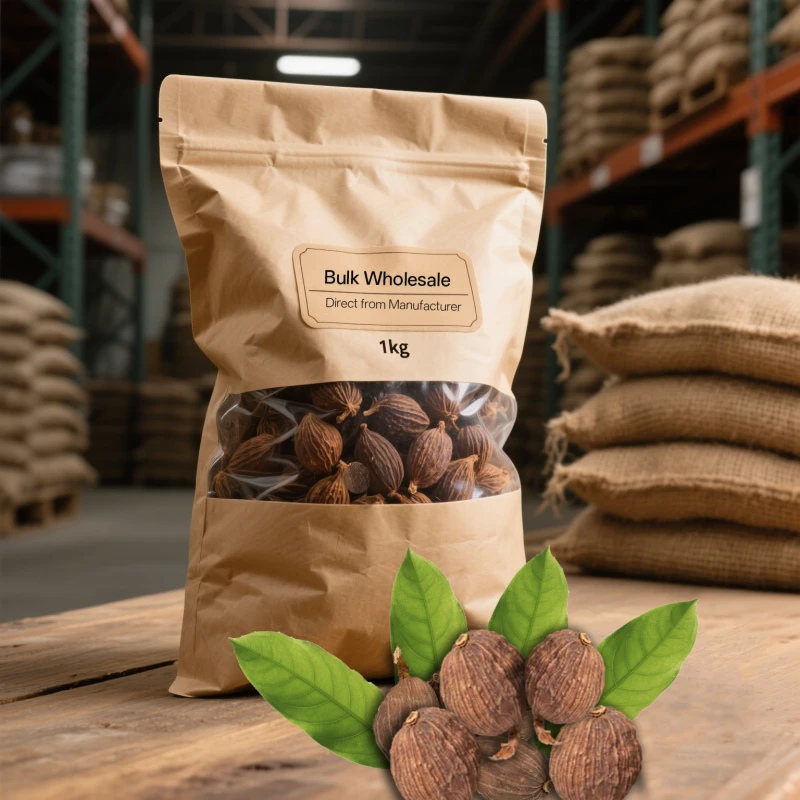

811.webp)
